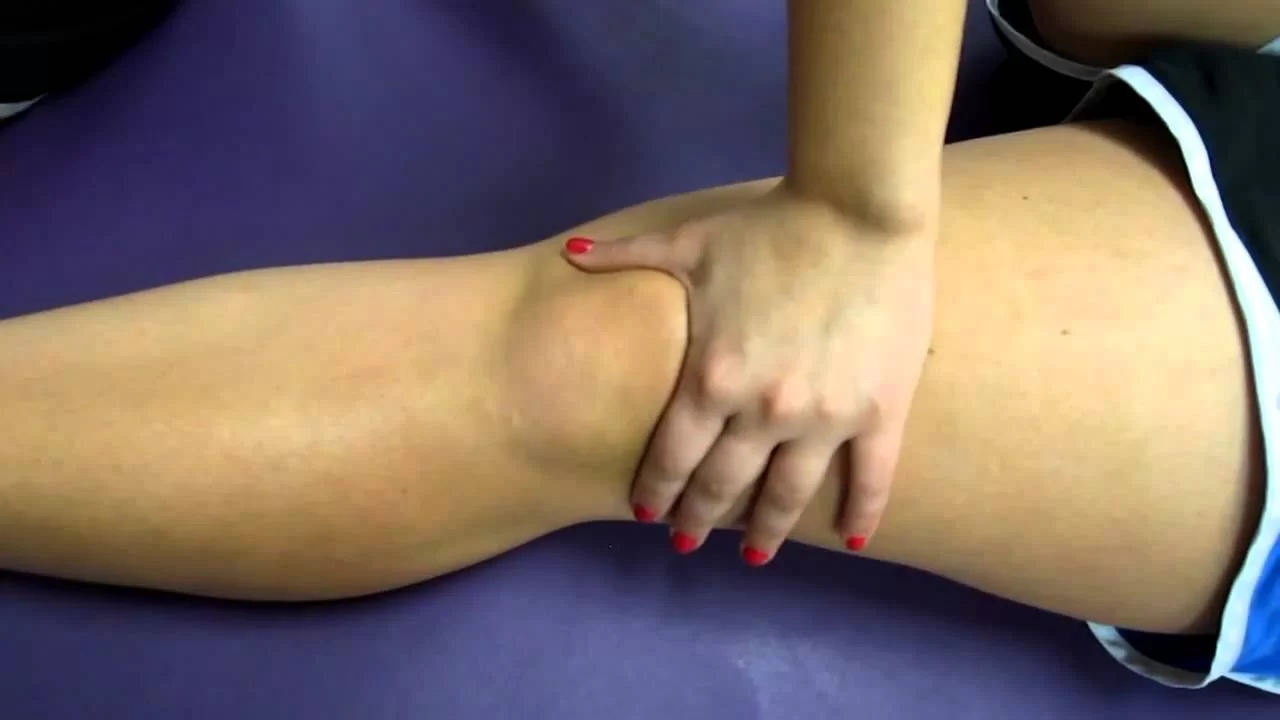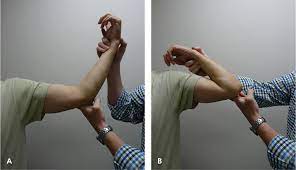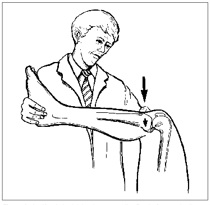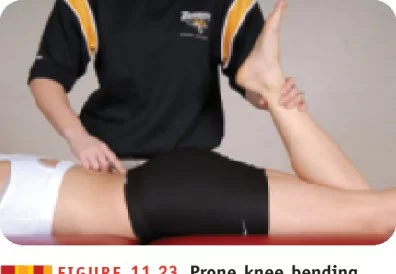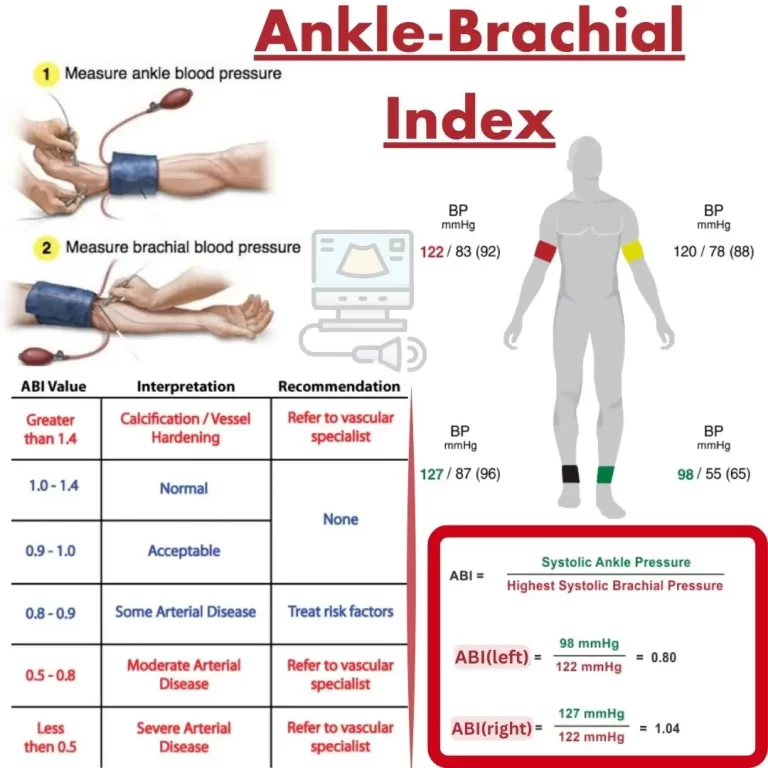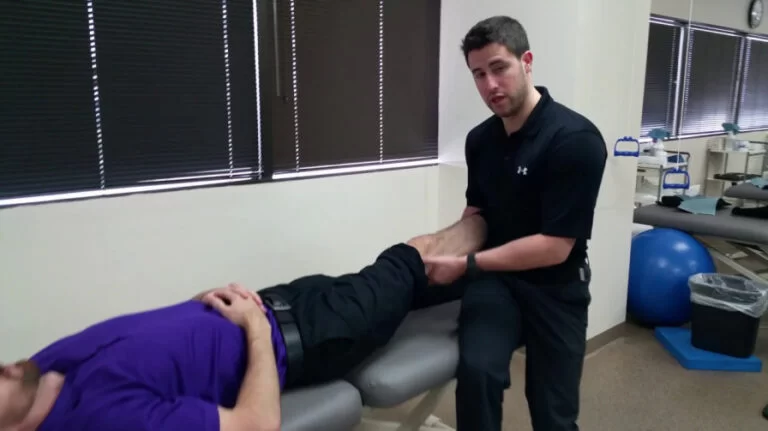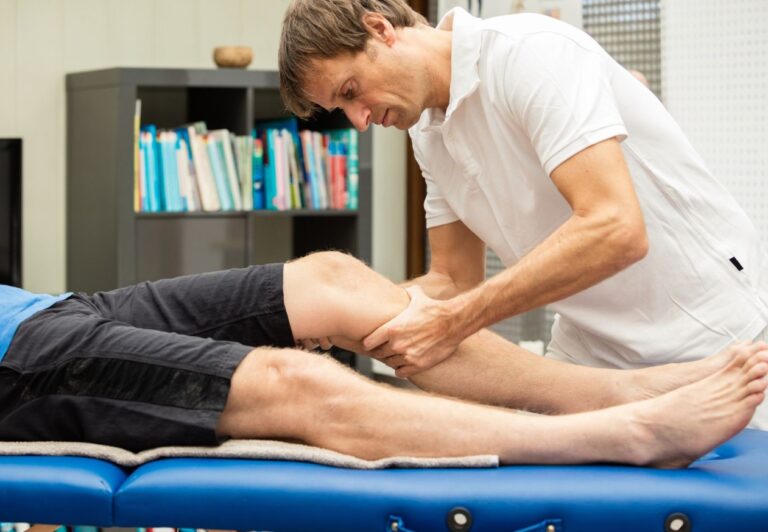Patellar Grind Test for to knee
- Test is also known as Clarke’s Test.
- This test is used by doctor for check to PFPS means patellofemoral pain syndrome & dysfunction of patella.
- It is occurs due to many pathological reason or biomechinal factors .
- In this situation patient complain of pain during to climbing,step up,step down ,squatting & getting up to chair.
- In this case examiner is assess like as to kinetic chain of lower limb.
Purpose of this test :
- This special test is used to for detect the presence of patellofemoral joint disorder means patellofemoral pain syndrome[ PFPS ], chondromalacia patellae &patellofemoral DJD.
What is Technique of this test?
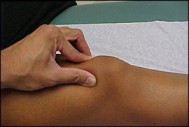
- Starting position for test is supine or long sitting.
- In both position knee is extended.
- Then examiner is places to web space of hand just superior of to patella for applying pressure.
- After that instruct the to patient for gently & gradually contract of to quadriceps muscle.
- Positive sign of to test is pain in to patellofemoral joint.
Alternative Method of this test?
- Raider is recommend to pushing down on to patella directly.
- Then asked to patient for contract to Quadriceps muscles while to examiner is pushes down.
- Patient is lying supine with to knees are extended.
- Examiner is stand to affected side & place to web space of thumb on to superior border of patella.
- After that instructed to patient for contract to quadriceps muscle during this time examiner is apply on to downward & inferior pressure on patella.
- When to patient feel to Pain in this test or movement of to patella & also inability to complete of test which is indicate patellofemoral dysfunction; in this situation test is to positive .
- If to patient is complete to ROM & maintain to contraction without of pain, this test is considered to negative.
- When to test causes are Retropatellar Pain& the patient is not to maintain contraction without of pain, this test is considered to positive.
Precaution of this test :
- Amount of pressure is apply must be carefully into controlled manner because more pressure is elicit to positive response even into normal individuals.
Sensitiser of this test :
- Best way of to test is do the repeat of procedure in several times then increase pressure in every time & compare to results with to unaffected side.
- The test is perform to different parts of to patella means change to degree of knee.
- Knee degree for test is 30′, 60′, 90′ & in full extension.
Evidence of this test :
- Technique of the test is based on to mechanics of patellofemoral joint.
- Many patients are feel pain with this test regardless of whether it is exhibit signs & symptoms of patellofemoral pain. Most of to clinical test of patellofemoral pain have low reliability & may be untested.
- So that there is no gold standard test for to diagnosis of the disorder.
- Since there is very limited specificity with to test, it is not be used alone for to determine of presence of patellofemoral pain.
- Specificity of this test = Very limited
- Reliability of this test = Low
- Positive Likelihood ratio [ LR + ] =1.94
- Negative Likelihood ratio [ LR – ] =0.69

